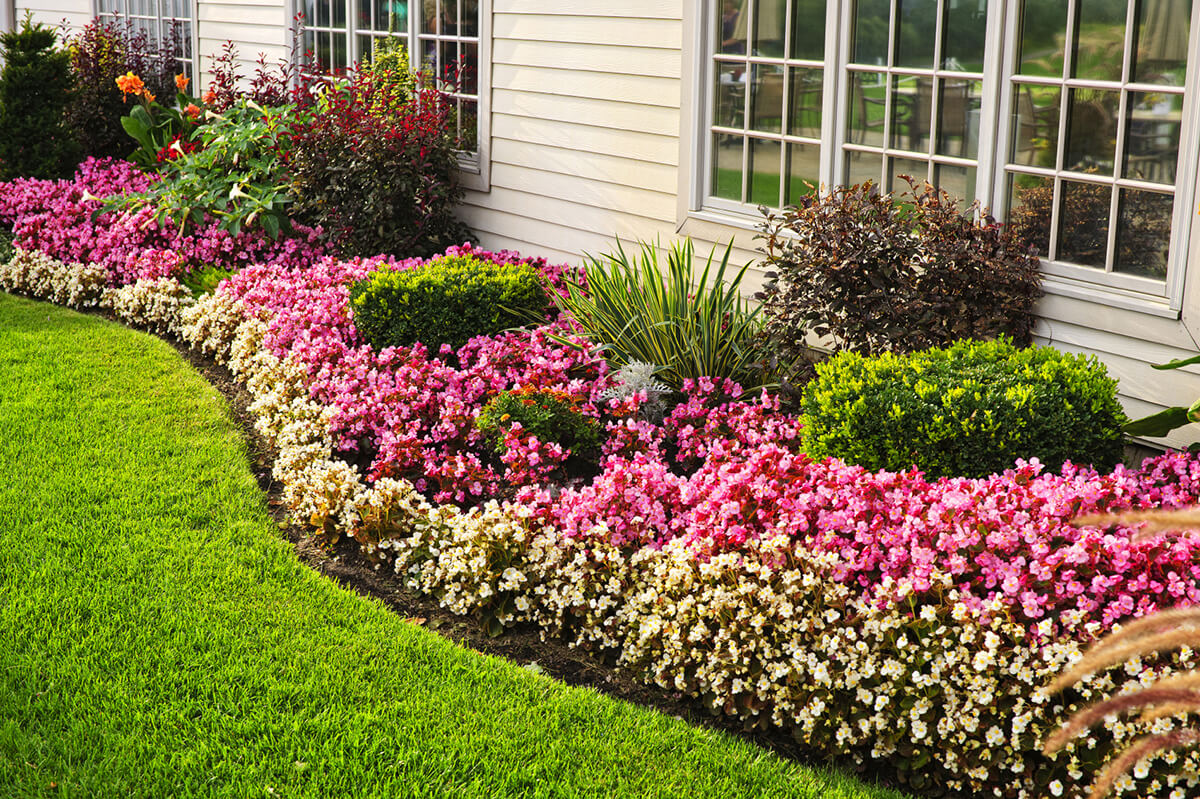Have you ever dreamed of growing grapes in your garden after visiting a vineyard? Guess what! You don’t necessarily have to live on a Californian vineyard to produce your own grapes.
Let’s get started on how to grow grapes.
Planting
First of all, get to know which grape variety suits the garden’s climate and choose a sunny spot. Early spring is the right time to begin planting grapes. Make sure the soil is adequately enriched, well-drained and free of weeds as a grapevine’s root system grows deep and cannot tolerate competition for water and nutrients. As you plant, cut the existing root of the grape plant to six inches. By doing so, feeder roots get to grow close to the trunk. Some pruning is required at planting time. Get rid of all leaves except the stem, then spare only two buds on the stem.
Vine support structure
Since grapevines are natural climber plants, they grow best when provided with trellis support. Grapevines left to grow on the ground is prone to diseases and ground-dwelling pests that feed on the fruits.
The trellis you choose to use should be sturdy in order to last many years. Remember that grapevines are perennial plants, with some species living up to a hundred years!
Grapevines have side shoots called tendrils that grab on anything within reach, as such climber plants benefit from training. They look tidier and grow according to your desired landscaping design.
Place a trellis next to young grapevine so that you don’t damage the mature plant or disturb the roots later on when digging to install a growing structure.
Feeding
Apply a balanced NPK (nitrogen, phosphorus, potassium) fertilizer each early spring during the first three years. As the vines mature, they may not need fertilizer anymore if they look healthy and vigorous.
Train the grapevines
Loosely tie the vine stems to the growing structure support (trellis or pergola) using flexible plant ties. As soon as the grapevines grab on, remove the ties and move them higher up the stems as the vine grows taller.

Pruning
When the buds of the vine develop to more than 12 inches, select the strongest and cut off the others. The aim during the first season is to let the central part of the vine develop while snipping off side growth. On each dormant season, spare the stem that grew from last year, train them onto the trellis and prune the rest. Pruning the grapevine is essential to avoid an overproduction of grapes. Surprisingly, too much fruit is undesirable as it leads to a very poor-quality grape.

After growing a piece of that Californian vineyard, you will soon be able to chill under the cooling shade of your grapevine arbor while sipping wine and contemplating the hanging grapes!



